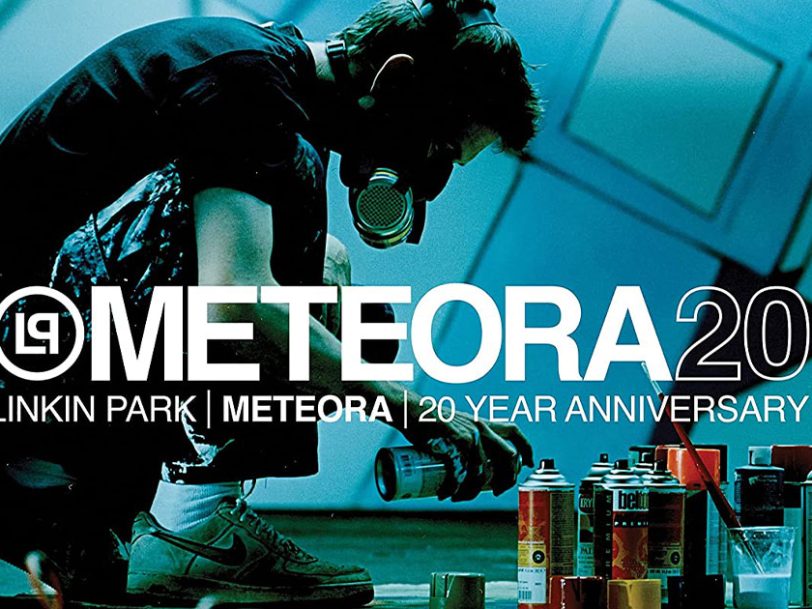From feelings of alienation to personal reflection, Meteora offered a far deeper look into angst-ridden struggles and turbulent emotions than ever before. Teaming up once again with producer Don Gilmore, Linkin Park successfully avoided the sophomore slump and, through hard work and dedication, ensured Meteora resonated just as strongly – if not more so – with the group’s nu-metal fanbase as its predecessor. Here is the story of how Meteora became one of the most impactful follow-up albums of the early 2000s.
The backstory: “You’re constantly trying to prove yourself, even after you’ve made it”
By 2002, Linkin Park’s debut album, Hybrid Theory, had sold a whopping 4.8 million copies in the US and had become hailed as one of the best debut albums in rock history. Having scored the No.1 best-selling album of the early 2000s, the group had also gained immense popularity as nu-metal icons, and the pressure was on for them to deliver something equally impressive for their follow-up record. “What we really wanted to do was just push ourselves and push each other to really find new ways to be creative,” guitarist and rapper Mike Shinoda said in an interview with MTV.
Not wanting to risk disappointing their fans, the band started pre-production at Shinoda’s home studio following the completion of their Projekt Revolution tour in 2002. While shuffling initial recordings as if they were puzzle pieces, the group were in remarkably productive form, spending many months finessing dozens and dozens of demos. “We took all those ideas and kind of messed around with them and by the time we put everything together, we had about 80 songs,” singer Chester Bennington revealed in the short documentary The Making Of Meteora. “And that’s when we really started the process of fine-tuning the parts and finding the ones that really stuck out.”
Galvanised by the experience of recording their 2002 remix album, Reanimation, the band had grown increasingly confident with blending song fragments, and they doubled down on utilising samples with computer software while deploying scratching to further develop their incendiary mix of rap and alternative metal. “This is a business of love and labour,” Bennington said in an interview with Spin magazine. “You’re constantly trying to prove yourself, even after you’ve made it.”




